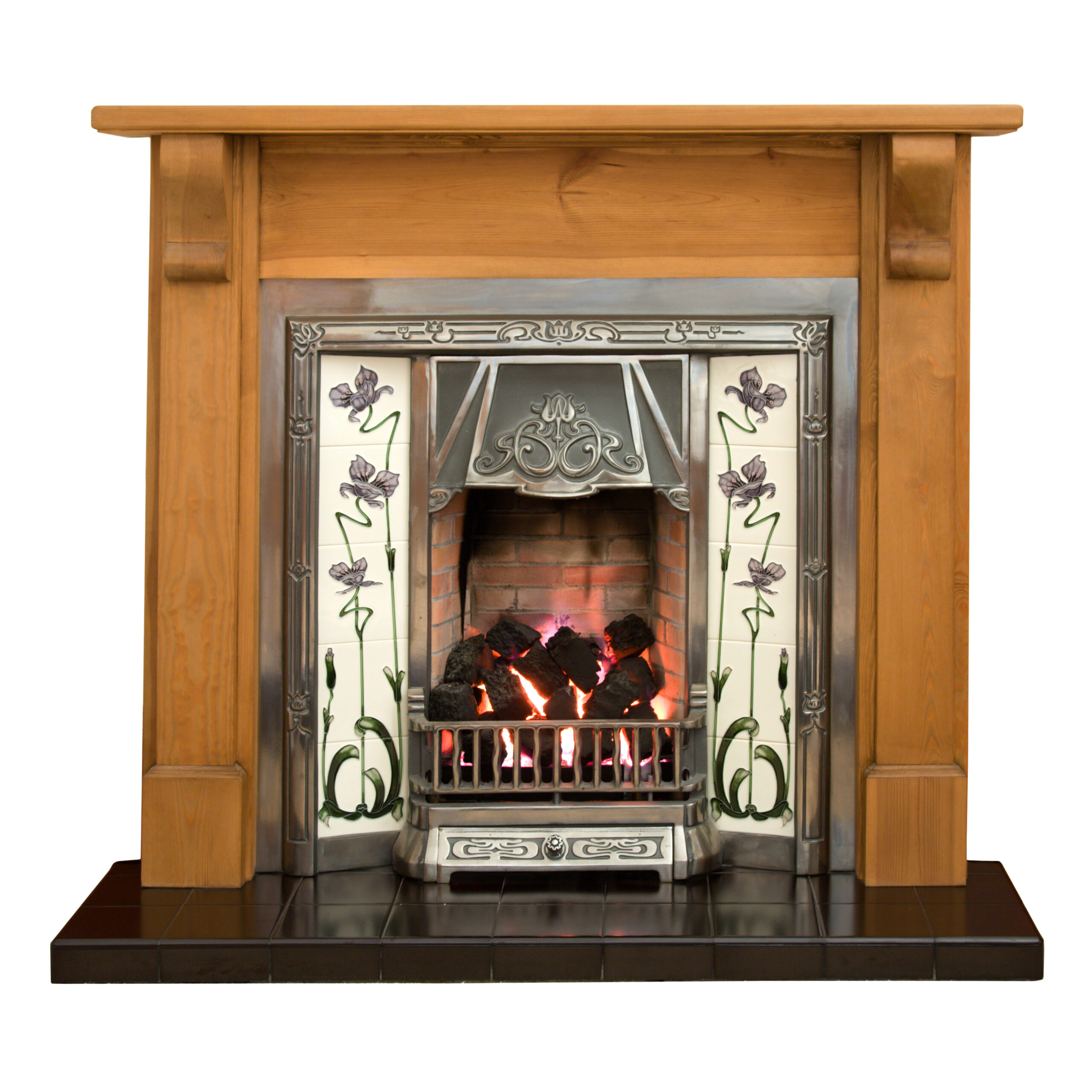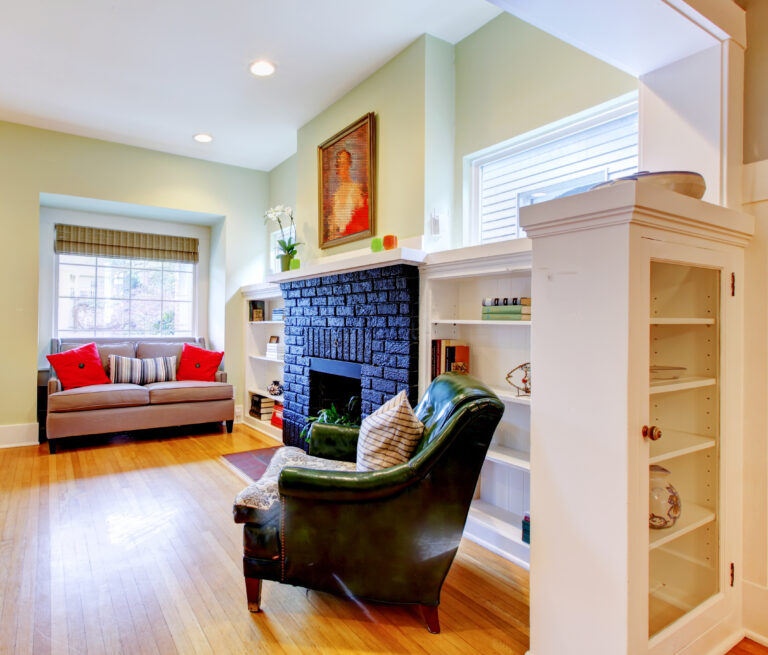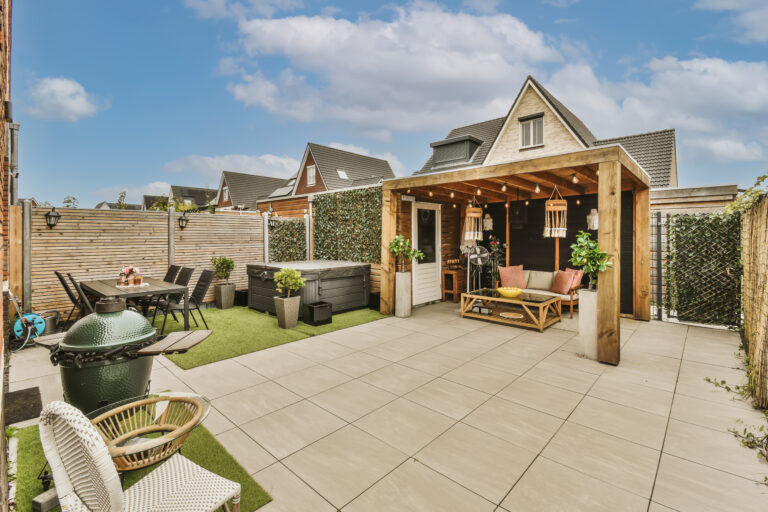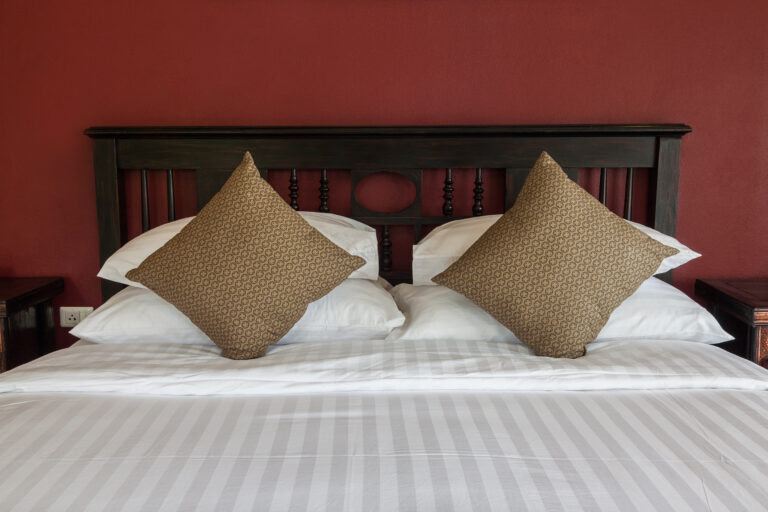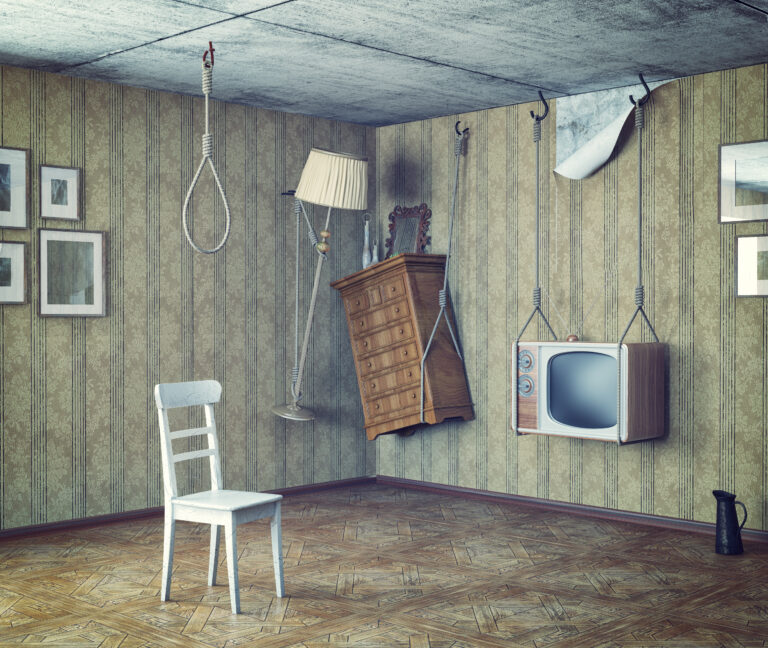Victorian Furniture Styles: The ultimate 2023 guide!
Hello, and welcome to our first in a series of articles on Victorian furniture styles.
The Victorian era is known for its unique furniture styles, offering an eclectic blend of traditional and modern design elements.
During the period, furniture was often built with intricate details, such as ornamental carvings and luxurious fabrics, to create a sense of grandeur.
Victorian furniture pieces offered a luxury often unmatched by any other style.
Featuring curved lines and lavish patterns, Victorian furniture also had some unique features that set it apart from different eras.
This guide will explore Victorian furniture styles, their history, age, and more.
Ready? Let’s jump in!
What is Victorian furniture?
Victorian furniture refers to the style of antique furniture that was made during the reign of Queen Victoria (1837 – 1901).
It is often revivalist, adopting stylistic motifs from other periods to create a nostalgic nod to the past.
It is characterized by ornate detailing, heavy proportions, gilding, dark finishes, and woods such as mahogany, oak, walnut, and rosewood.
The upholstery was also important, with plump and cushioned seats covered with luxurious, dark-colored fabrics.
Queen Victoria’s taste for grandeur shaped the period enormously, making grand and elaborate furniture popular.
Even today, Victorian furniture is highly valued for its luxury and elegance.
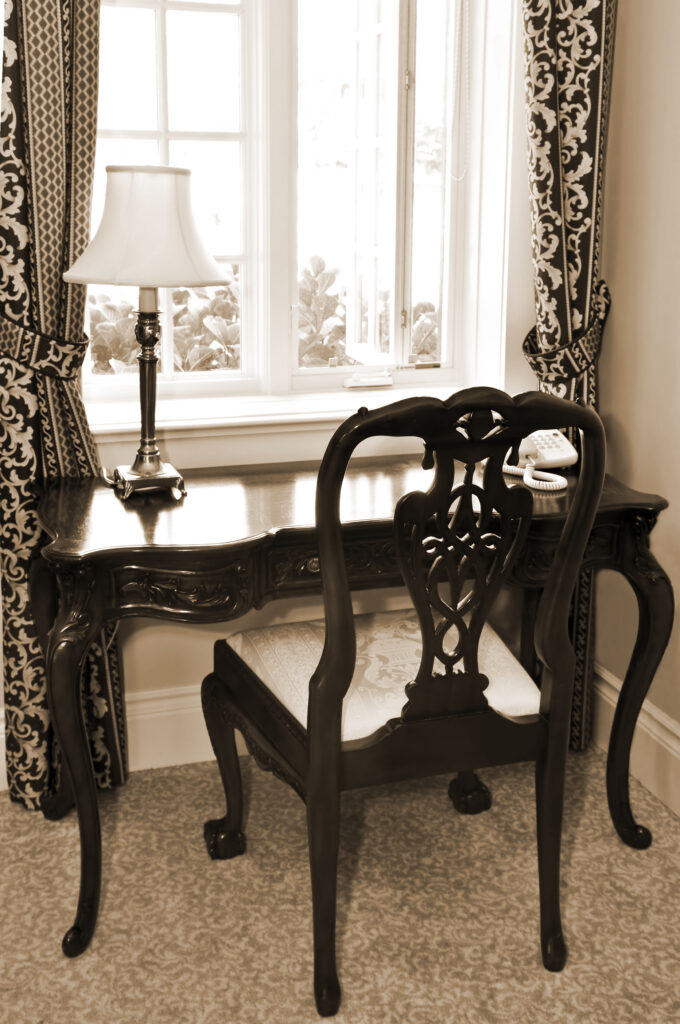
How Victorian furniture differed compared to other well-established European styles
Indeed, Victorian furniture is one of the most recognizable and well-loved styles in history.
During the Victorian era, Britain developed its own unique style of furniture that differed from other established European types. The period was defined by a passion for decorative arts and a focus on craftsmanship.
The Victorian era saw a surge in popularity for detailed carvings, rich fabrics, and exotic woods.
This look was achieved through intricate details like cabriole legs, scrolls, and adornments like brass handles or porcelain accents.
The desire to create eye-catching pieces led to the fusion of multiple design elements from the Gothic Revival, Renaissance Revival, Rococo Revival, and Eastlake movements.
In contrast to European styles during this time, Victorian furniture was more ornate, with dramatic flourishes that elevated it above simpler designs.
Different European furniture styles by era
Gothic Revival
The modern Gothic Revival style is a revival of the Gothic period of European medieval architecture and design, which lasted from the 12th to 15th centuries.
Its pointed arches, spires, dark wood finishes, and church-inspired ornamentation characterize the style.
Victorian Gothic furniture was heavily influenced by medieval Gothic architecture, taking on the same geometric forms and detailed carvings. Still, it was often upholstered with velvet or leather and featured foliate motifs for ornamentation.
French Empire
The French Empire furniture style is a style of furniture that draws its inspiration from ancient Greek, Roman, and Egyptian designs.
It was popular in Victorian homes due to its ornate, wealthy, and luxurious look. The furniture features solid and sweeping curves and generous use of gilding, inlays, and brass ormolu mountings. Chairs often have curved and concave crest rails, and upholstery is used more often.
This style also includes unique pieces such as Sleigh beds and sofa tables. The look of this style can be grand and majestic, which was very much in line with the abundance of the Victorian era.
Rococo Revival
The Rococo Revival furniture style was highly ornate and decorative in the 19th century and associated with European culture.
The aesthetic of Rococo Revival furniture is characterized by graceful, flowing curves, intricately carved details, and natural motifs such as flowers, fruit, shells, and foliage.
This furniture style was trendy in Victorian homes as it embodied an air of luxury, grandeur, and elegance that perfectly complemented the era’s romantic sensibilities.
The heavy, masculine Renaissance Revival style was also popular among the Victorians and combined with the graceful curves of the Rococo Revival furniture to create a distinct, opulent, and romantic look.
Eastlake Movement
The Eastlake Movement was a Victorian design style developed by Charles Locke Eastlake, who wrote a famous book in 1872 called Hints on Household Taste.
This style differed from Victorian furniture by focusing on simplicity, function, and craftsmanship. The shapes of furniture from this style tended to be more rectangular, with ornamentation created through the use of brackets, grooves, chamfers, and geometric designs.
Woods used in Eastlake furniture was often darker, and native woods like oak, maple, and pine were often used. The legs and chair backs were also straighter, often with incised decoration. This style effortlessly merges with the Louis XVI and Renaissance Revival. Still, it is characterized by elements reminiscent of Greek architecture, such as pilasters, flutes, columns, acanthus, foliate scrolls, solid Greek motifs, and anthemion high-relief carving.
Compared to other Victorian furniture styles, the Eastlake Movement focused more on simplicity and craftsmanship than embellishment and adornment.
Queen Anne
Queen Anne furniture is a style of English furniture that was popular during the reign of King William and Mary in the late 17th century.
Characterized by crisp lines, bold grains of walnut or maple veneers, and exaggerated moldings and turnings, Queen Anne-style furniture was designed to be practical and sturdy. This style is one of the most popular of the Victorian era due to its distinctive style and versatility.
It was designed to fit into many different types of homes and decor, making it an excellent choice for those looking to make a statement in their homes.
Queen Anne furniture is often characterized by its use of walnut, maple, or white pine wood and exaggerated moldings and inlaid bands.
Another unique feature is japanning, which combines varnish and ashes to create a decorative lacquering technique.
Finally, the flared Spanish foot can often identify the feet of Queen Anne furniture. Overall, Queen Anne furniture is a popular choice for those looking to add a touch of style and sophistication to their decor.
Chippendale
The Chippendale style is a period of furniture design from the mid-18th century, named for the renowned English cabinetmaker and designer Thomas Chippendale.
This style is characterized by intricate and decorative designs, including Chinese fretwork, C-scrolls, S-scrolls, ribbons, flowers, leaves, scallop shells, gadrooning, and acanthus leaves.
The most popular wood used in this period was mahogany, with walnut, maple, and cherry also present. Feet were claw and ball feet, often more extensive and decorative.
At the same time, regional differences existed in design elements, such as Marlborough feet in Pennsylvania and ogee bracket feet in other regions.
Inlays, carving, and painted highlights were also popular, reflecting the architectural ornamentation of the Hepplewhite period.
The Chippendale furniture style is popular among Victorian furniture makers for its elegance and intricate design. It reflects ancient cultures, such as the Romans and Gothic influences. It is a way for the young Colonists to show their unique style, with each regional area initiating particular design elements.
The attention to detail and ornate design make the Chippendale style furniture a popular choice among many who appreciate the craftsmanship and beauty of the period.
Hepplewhite
Hepplewhite furniture is characterized by a symmetrical, balanced style. It is one of the most popular furniture styles in Victorian homes.
The style is based on the architectural elements of the Federal period. It uses a variety of woods, including mahogany, mahogany veneer, maple, pine, and even painted highlights.
Hepplewhite furniture features bellflowers, urns, festoons, acanthus leaves, pilasters, and carved and inlaid bands and lines. The legs of Hepplewhite furniture are typically straight or tapered to the foot. Two new furniture forms (sideboard and worktable) emerged during this period.
Hepplewhite furniture is also characterized by a little more comfort in chairs and sofas than in earlier periods, although still not offering very thick cushions or seats.
The Hepplewhite furniture style is popular in Victorian homes because it is attractive and distinctive and often conveys a sense of patriotism and pride in craftsmanship.
The symmetrical and balanced design reflects the architectural style of the Federal period, and the incorporation of various woods and inlays adds visual interest and complexity to the pieces.
Hepplewhite furniture is also associated with comfort. It offers more convenience in chairs and sofas than in earlier periods.
As a result, it is an ideal choice for adding a sense of luxury and elegance to any Victorian home.
Sheraton
The Sheraton furniture style is a refined yet simpler version of the traditional Federal style.
It harkens back to the rural cabinetmakers of the 18th century. It is characterized by straight lines, basic designs, and various kinds of wood, such as ebony, mahogany, mahogany veneer, maple, and pine.
The style is heavily influenced by the work of Thomas Sheraton and his series of books and encyclopedias. It is popular in Victorian homes due to its classic, timeless look and the fact that it fits in perfectly with the Victorian era’s aesthetic of elegance and sophistication.
The intricate feet, often carved to resemble lion’s paws, further add to the luxurious effect and amplify the furniture’s beauty.
Furthermore, the style remains popular, as it has been adopted in modern upholstery and interior design, such as the Chesterfield sofa, a staple of Victorian furniture, for over a century.
Italian Renaissance
The Italian Renaissance furniture style was popular during the Victorian period due to its bold features, masculine arches and fluted legs, and heavy pieces of furniture, as well as its use of animal and human figures rather than natural, floral motifs.
This style originated from classical and Renaissance art that was a resurging interest during the 19th century, with furniture makers attempting to bring back the best from these periods.
This style was defined by its use of bold features on heavy pieces of furniture, a total departure from the elegant rococo-style pieces.
The Italian Renaissance furniture style also incorporated architectural elements such as arches, animal and human figures, fluted legs, and cartouches that imitated ancient Greek columns and Gothic, Egyptian, and Greek influences.
Due to this combination of influences, the Italian Renaissance furniture style became incredibly popular during the Victorian period.
FAQ
What are Victorian Decoration styles revival?
Victorian furnishings are characterized by their luxury and elegance, heavily influenced by the reign of Queen Victoria (1837-1901). Various furniture styles from this period ranged from heavily carved and ornate pieces to simpler, more restrained designs.
The first part of Victoria’s reign was characterized by designs that were often copies of older furniture, with more attention paid to surface decoration, such as mountings, gilding, and inlays. Later plans, however, focused more on structure and shape, with Medieval styles such as heavily carved pieces and knights and ladies painted onto the surfaces.
The Arts and Crafts movement of the period also had a significant influence on furniture designs. These pieces emphasized the honesty of construction and handcrafted work and were often more straightforward.
Decorative arts inspired by Japanese furniture were also popular during this period, admired for their simplicity, purity of form, and a strong affinity with nature.
The most common materials for Victorian furniture were mahogany, oak, walnut, and rosewood, while wicker was also frequently used. Dark finishes, ornate embellishments, and gilding were all popular features of Victorian furniture, especially with the aristocracy, who loved over-the-top embellishments and ornateness!
What are the distinguishing features of Victorian furniture?
The distinguishing features of Victorian furniture include a somber and formal appearance, curved arms, a balloon-shaped back that is round at the top and tapers to the seat, round, straight, or multiple turnings on legs, and horseshoe-shaped seats with curved, horseshoe-shaped or serpentine front.
The foot may be a ball and claw design, a small round foot, or a whorl. Plump seats are often cushioned and covered in rich, dark, and lush fabric such as braid, hair cloth, velour, velvet, plush, and tapestry. Ornamentation often includes scroll motifs, carved designs, inlays of contrasting material, fretwork, and turned pieces.
Dark woods such as mahogany, rosewood, and walnut are typical, as well as drawer and door pull, tassels, embossing, and layers of richly-textured material.
Tables were usually designed in rectangular or oval shapes.
Gothic designs, spires, arches, trefoil features, and Renaissance and Rococo influences heavily influenced the Victorian furniture style. Wicker furniture was also popular during this era.
What are the common materials used in Victorian furniture?
The common materials used in Victorian furniture are walnut, rosewood, mahogany, ash, oak, pine, flame mahogany veneers, wicker and hair cloth, tapestry, plush, velvet, and velour. Walnut was often used for smaller pieces, such as small tables and chairs.
In comparison, mahogany was used for larger pieces like wardrobes, dining tables, and bookcases.
Flame mahogany veneers were also used for decoration of, for example, table tops. Pine was used for more economical pieces, such as the chest of drawers, and white oak was used for washstands.
Wicker was also a popular construction material during this era. At the same time, the upholstery was usually made of hair cloth, tapestry, plush, velvet, and velour.
Copper was also used for ornaments like urns, vases, and display cutlery.
What makes Victorian furniture valuable?
Victorian furniture is highly valued for its opulent and elegant design, reflecting Queen Victoria’s taste for grandeur.
These pieces are often revivalist in style, borrowing motifs from other periods. They are identified by their iconic features that make them unmistakably Victorian.
The popularity of Victorian furniture has endured throughout the years, making it a timeless and valuable piece. It is often considered a priceless heirloom and can be found in many antique collections.
Additionally, its distinctive style makes it a sought-after choice for home decorators. With its classic aesthetic and artisan endeavor, Victorian furniture will be a timeless addition to any home.
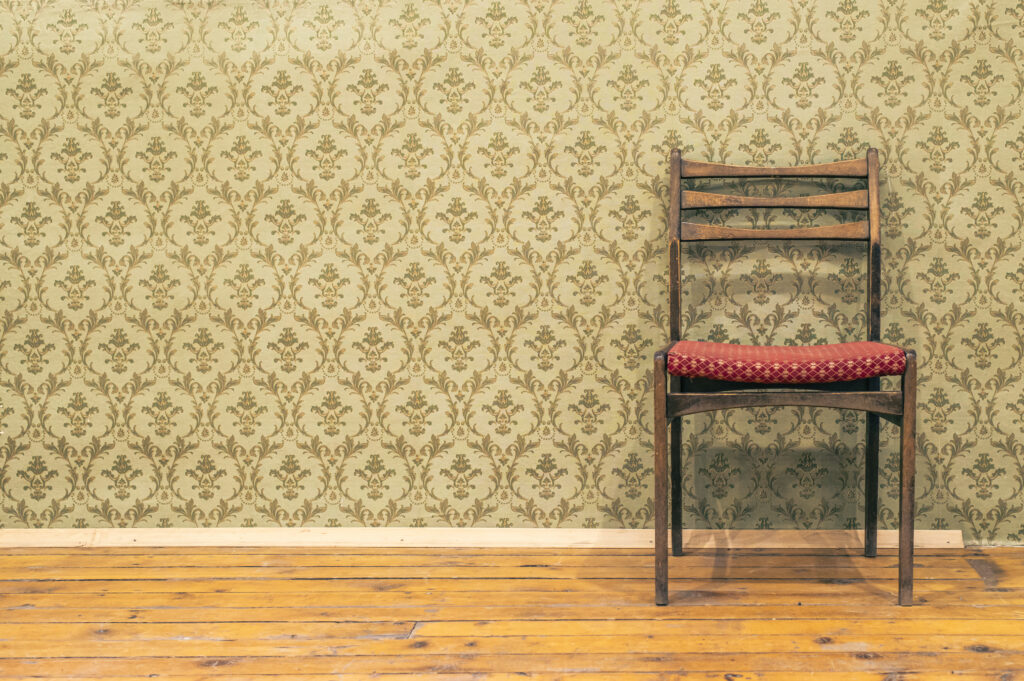
What is the difference between Edwardian and Victorian furniture?
Edwardian and Victorian furniture may look similar at first glance. However, there are several distinct differences between the two styles.
- Edwardian furniture was popular from 1901-1910 and reflected the period of King Edward VII’s rule. It featured curvaceous silhouettes, delicate carvings, and often a lighter color palette than its predecessor.
- Victorian furniture, which took center stage from 1837-1901 during Queen Victoria’s reign, was heavier in shape with ornate decorations such as scrolls and medallions often made of brass or bronze.
- The legs on Victorian pieces were typically more intricate, with cabriole legs being a signature style. At the same time, Edwardian furniture had straighter lines with occasional curved edges in the design.
- The Victorian style is easily recognizable through intricate carvings, ornate details, dark woods, and heavy fabrics.
- Victorian furniture pieces were often handcrafted with love and detail, making each piece unique in its own right.
- The most commonly used materials for both periods include mahogany, oak, and walnut. Still, cherry wood was also famous for creating accent pieces such as cabinets or side tables.
- Upholstered pieces featured tufting along the edges and velvet or other thick fabrics for added texture and richness.
How to identify Victorian-style furniture?
Here’s a quick step-by-step guide to identifying Victorian furniture
Step 1: Examine the Material –
Furniture pieces made during the Victorian period were often made from walnut for small pieces such as small tables and mahogany for significant components such as wardrobes and bookcases and sometimes featured flame mahogany veneers for decoration.
Step 2: Look for Ornamentation –
Victorian furniture was well known for its ornate and decorative details, such as carved acanthus leaves, floral accents, and etched mirrors.
Step 3: Check the Finish –
A high gloss finish was a staple of Victorian furniture, often showcasing mahogany, rosewood wood, and gilt brass mounts.
Step 4: Consider the Style –
Victorian furniture drew on various influences, including elements of Gothic, Tudor, Elizabethan, Renaissance, English Rococo, and Neoclassical styles.
For example, an authentic piece of furniture like this Victorian Mahogany Rounded End Bar will have a mahogany wood finish, carved acanthus leaves and floral accents, gilt brass mounts, and an overall style that takes influence from Gothic, Tudor, and Neoclassical styles.
What is the history of Victorian furniture design?
The history of Victorian furniture design is a fascinating one full of diversity and change. It began in the early part of Victoria’s reign when many designs were copies of earlier styles.
The newly wealthy entrepreneurs wanted to show off their wealth and good taste with classical designs. This was followed by an increased focus on surface decorations such as gilting, mountings, and inlays. Later furniture designs were more about structure and shape, and many pieces were heavily carved in Norman or Gothic style.
The Victorian Arts and Crafts movement also significantly influenced furniture design, emphasizing the ‘honesty’ of construction and handcrafted work. Japanese art was also a craze during this period, with many designers attempting to capture the spirit of the East in their creations. The use of dark mahogany was also prevalent during this period.
By the middle of the nineteenth century, the demands of the mass market led to a decline in the quality of ordinary domestic furniture, with a lot of showy, hastily and cheaply put-on ornament and veneer attempting to conceal the lack of quality craftsmanship. This ultimately led to the rise of the arts and crafts movement and the art furniture fashion of late Victorian style furniture.
What are some of the common Victorian furniture styles?
Common Victorian furniture styles include Victorian, Georgian, and Art Nouveau, characterized by their ornate, intricate details and somber, formal appearance.
Victorian furniture typically has curved arms and balloon-shaped backs, with either round, straight, or multiple turnings for the legs.
Upholstery is often plump and covered in rich, dark fabrics such as braid, velour, velvet, and tapestry.
It may have elaborate motifs and designs, such as leaves, foliage, vines, and animals.
Common woods used were mahogany, rosewood, walnut, oak, and ash. The dovetail joint was the most popular method of combining pieces of wood.
Drawer and door pulls are often ornate, with carved wooden handles, mushroom-shaped knobs, and glass, rosette-shaped, or round pulls.
Gothic-style spires, arches, and trefoil features are typical for Victorian furniture.
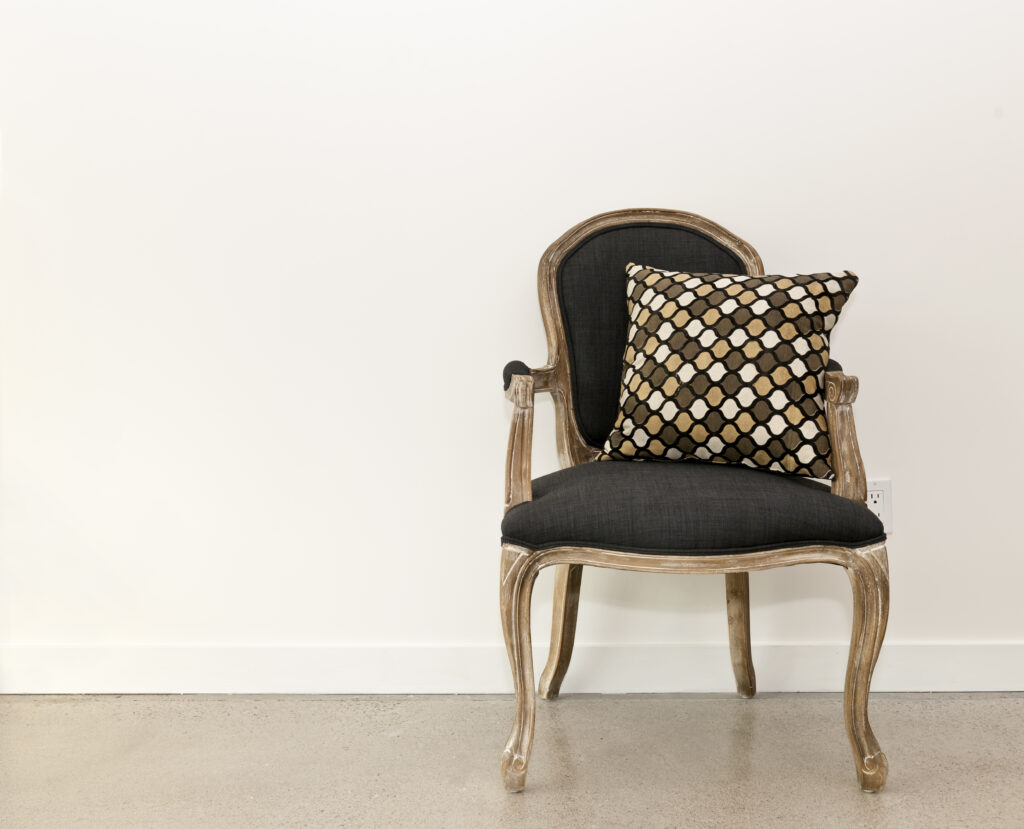
Conclusion to our ultimate 2023 Victorian Furniture Styles
Victorian furniture styles were popular between the late 19th and early 20th centuries, combining traditional and modern elements.
These styles are characterized by ornate details, luxurious fabrics, and intricate colors.
Whether you’re looking to decorate your home historically accurately or want to add a touch of Victorian flair, understanding these furniture styles is vital for success.

